Global Expansion Strategies for FinTechs in Emerging Markets: A Playbook for Leaders
2nd August 2025
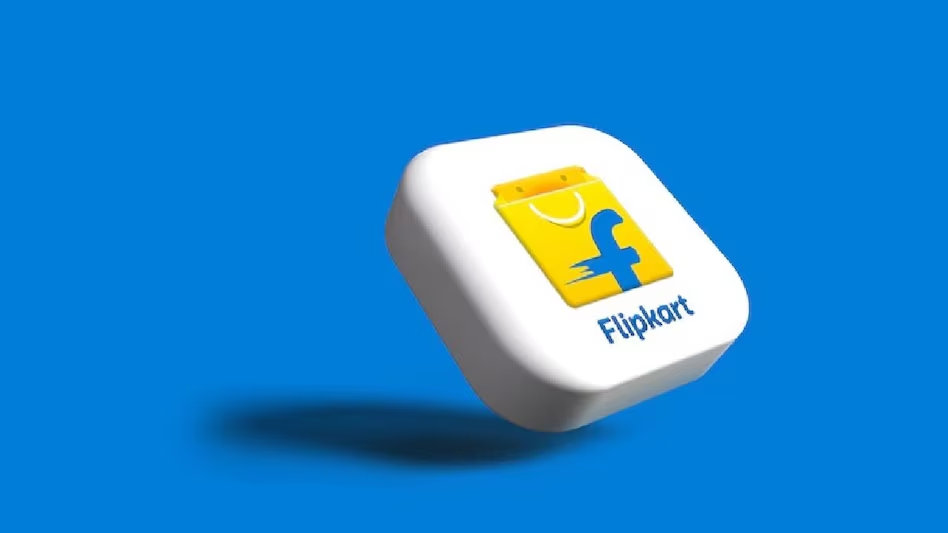 Flipkart Gets a Lending Licence: A Bold Leap into Embedded Finance
Flipkart Gets a Lending Licence: A Bold Leap into Embedded Finance
 Top Fintech Innovations Shaping 2025: The Future of Finance
Top Fintech Innovations Shaping 2025: The Future of Finance
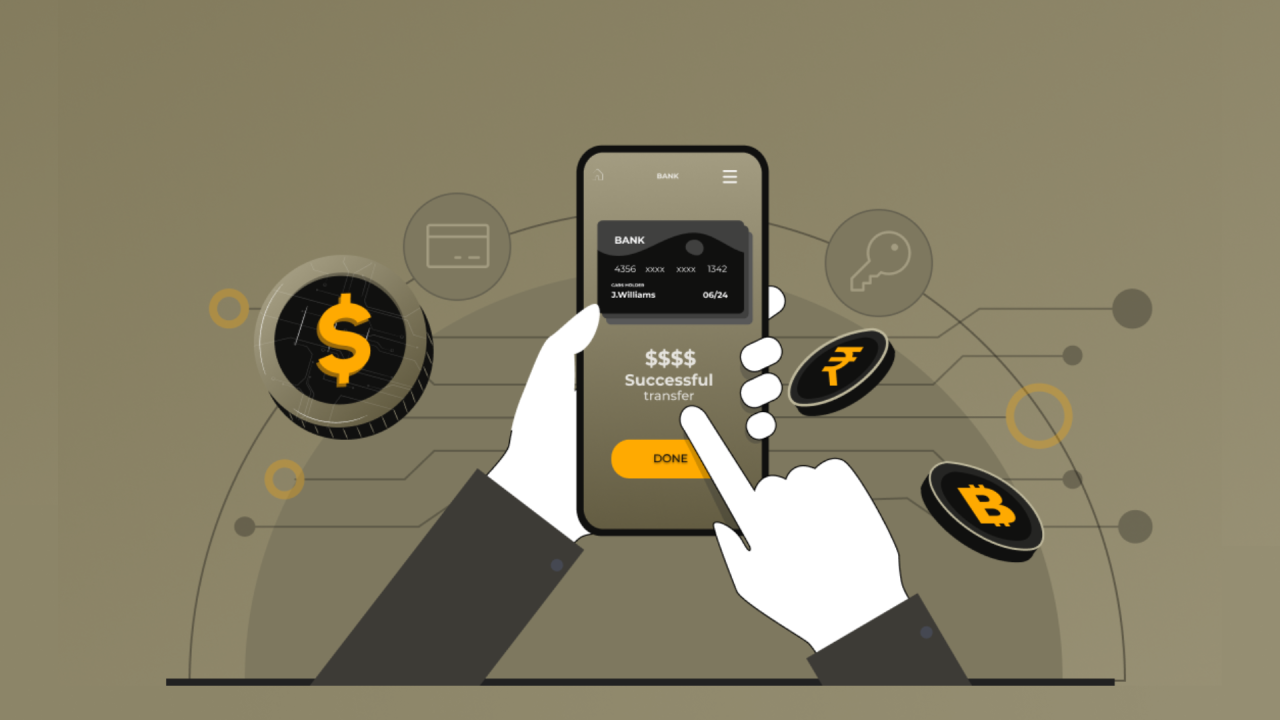 The Rise of Contactless Payments: Benefits and Security Concerns
The Rise of Contactless Payments: Benefits and Security Concerns
 Biometric Payments: The Next Big Trend in Secure Transactions
Biometric Payments: The Next Big Trend in Secure Transactions
.jpg) The Future of Payments: Trends Reshaping Transactions in 2025
The Future of Payments: Trends Reshaping Transactions in 2025
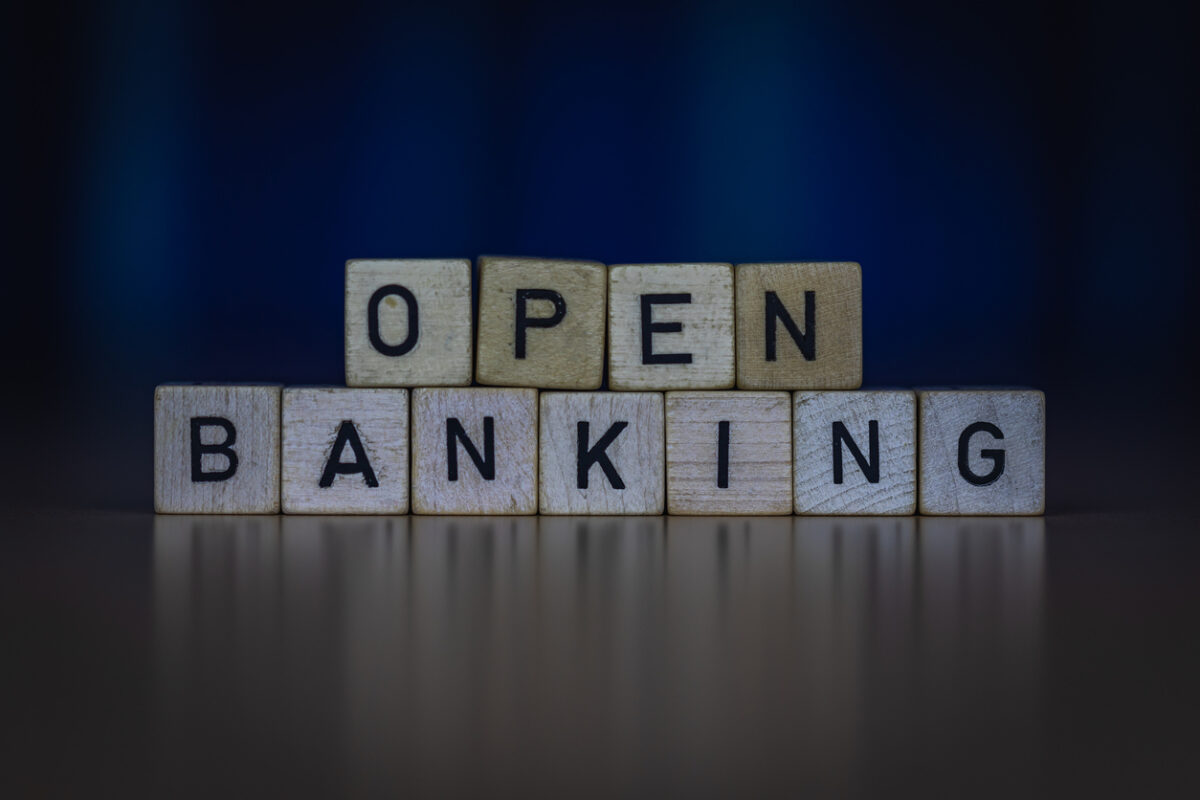 How Open Banking is Shaping Financial Services Globally
How Open Banking is Shaping Financial Services Globally
 The Evolution of Fintech Regulation: What’s Next?
The Evolution of Fintech Regulation: What’s Next?
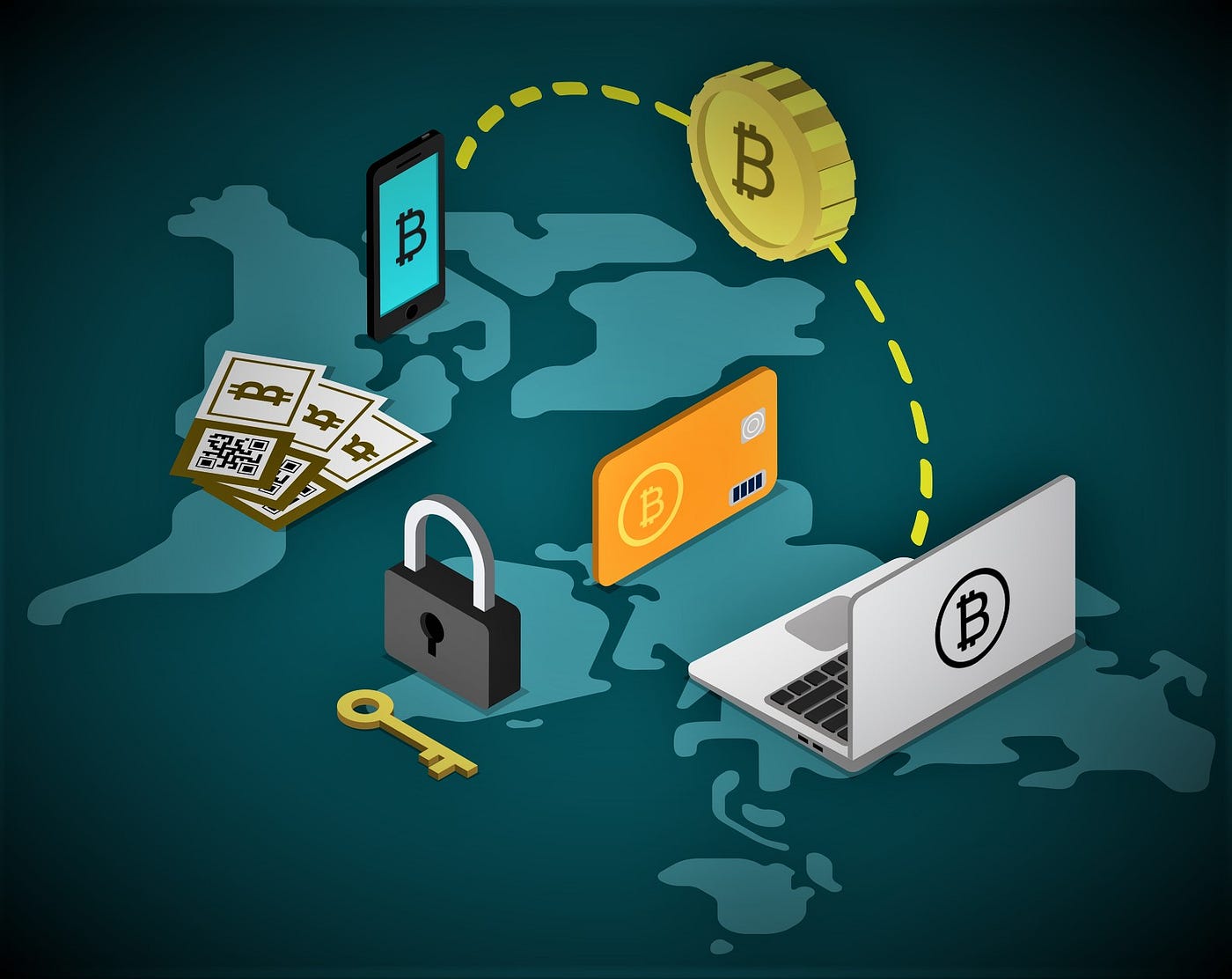 The Role of Cryptocurrencies in Cross-Border Payments
The Role of Cryptocurrencies in Cross-Border Payments
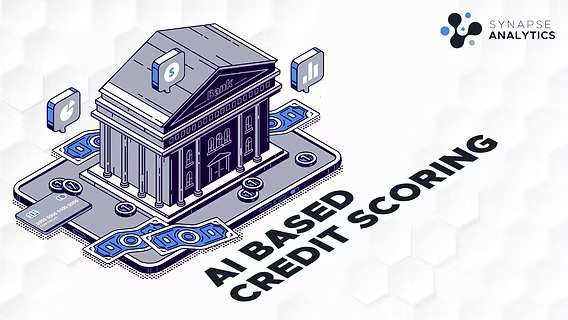 How AI is Transforming the Credit Scoring System
How AI is Transforming the Credit Scoring System
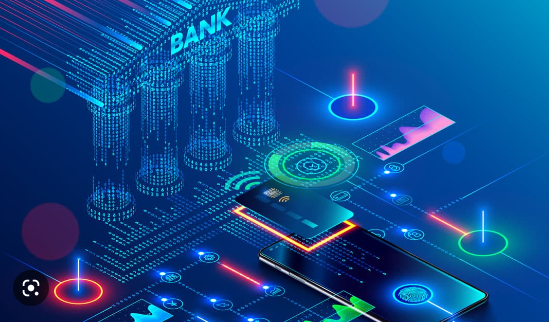 What the Future Holds for Digital-Only Banks: Navigating the Next Era of Banking
What the Future Holds for Digital-Only Banks: Navigating the Next Era of Banking
 QR Codes and the Cashless Leap: Transforming India's Financial DNA
QR Codes and the Cashless Leap: Transforming India's Financial DNA
 The Impact of 5G on Fintech Services
The Impact of 5G on Fintech Services

19 April 2025
4 min read
1688
Just a few years ago, Buy Now, Pay Later (BNPL) emerged as a digital-age alternative to traditional credit. Today, it’s no longer just a fringe payment option—it’s a global movement, reshaping how consumers shop, spend, and borrow. As we enter 2025, BNPL is evolving into something far more sophisticated: BNPL 2.0.
With growing adoption, increased scrutiny, and a wave of innovation, BNPL is being reimagined for scale, regulation, and sustainability. So, what does the next chapter look like?
According to the latest reports, BNPL payments are projected to surpass $560 billion globally in 2025, growing at a robust 13.7% year-over-year. In India, the sector is witnessing explosive adoption across urban and tier-2+ markets alike, driven by smartphone penetration, digital commerce, and a largely underbanked population.
But growth brings complexity. With more players entering the space—including traditional banks, big tech, and niche fintechs—BNPL is undergoing a much-needed transformation.
Early BNPL products were often limited to checkout financing for e-commerce purchases. In 2025, we're seeing BNPL expand into embedded, always-on credit options—from travel bookings to healthcare services, even utilities and rent.
BNPL is no longer just a payment method; it’s becoming an integral part of customer journeys across sectors.
Governments and regulators worldwide are responding to the rapid growth of BNPL by tightening oversight. India, for instance, has introduced clearer guidelines on KYC norms, repayment transparency, and interest disclosures.
This wave of regulation is ushering in a more responsible, compliant BNPL ecosystem, protecting consumers while ensuring long-term viability for providers.
BNPL 2.0 players are leveraging AI and real-time data for smarter credit decisioning. Instead of relying solely on bureau scores, modern providers are assessing alternative data—transactional behavior, digital footprints, and spending patterns—to make lending inclusive but sustainable.
This allows for dynamic credit limits, personalized repayment plans, and proactive risk mitigation.
While Klarna, Afterpay, and PayPal pioneered the space, BNPL 2.0 is seeing participation from:
Traditional banks offering "Pay Later" as part of their mobile apps
Credit card companies bundling BNPL with card products
Indian NBFCs and FinTechs tailoring BNPL for niche customer segments
Marketplaces, telecoms, and even edtech platforms launching custom BNPL offerings
Expect category-specific BNPL models to dominate in 2025 and beyond.
Retailers once adopted BNPL to boost conversions and ticket sizes. Now, they expect more—loyalty integrations, zero-fraud commitments, and deeper customer analytics. BNPL providers are responding by turning into full-stack retail partners, offering:
Co-branded financing
Marketing integrations
Post-purchase support and insights
In short, BNPL is becoming a growth engine—not just a payment button.
The rapid expansion hasn't been without criticism. Consumer advocates have warned of hidden fees, debt spirals, and poor credit discipline—especially among younger users.
BNPL 2.0 aims to address this with:
Clearer repayment terms
Built-in reminders and auto-repayments
Credit reporting partnerships, allowing customers to build credit profiles
In 2025, transparency and financial education are becoming as important as convenience.
🔮 BNPL + UPI: In India, expect tighter integrations with real-time payment infrastructure like UPI, reducing costs and enabling instant disbursals.
🔮 BNPL for Services: From elective surgeries to tuition fees, more service categories will adopt “pay later” models, making BNPL less transactional and more lifestyle-based.
🔮 Cross-border BNPL: As e-commerce goes global, BNPL providers will need to enable multi-currency, multi-jurisdiction payments with minimal friction.
🔮 Credit+Savings Hybrids: New-age BNPL models might start offering incentives for early repayments or combine with micro-savings tools.
BNPL 1.0 was all about access and acceleration.
BNPL 2.0 is about accountability, personalization, and impact.
As BNPL matures in 2025, its success will depend on how well it balances growth with responsibility. The winners will be those who move beyond flashy UX to build sustainable, regulated, and user-first credit experiences.
The question is no longer "Will BNPL last?"
It’s “Who will own the future of flexible finance?”
Read Next
 Blog
Blog
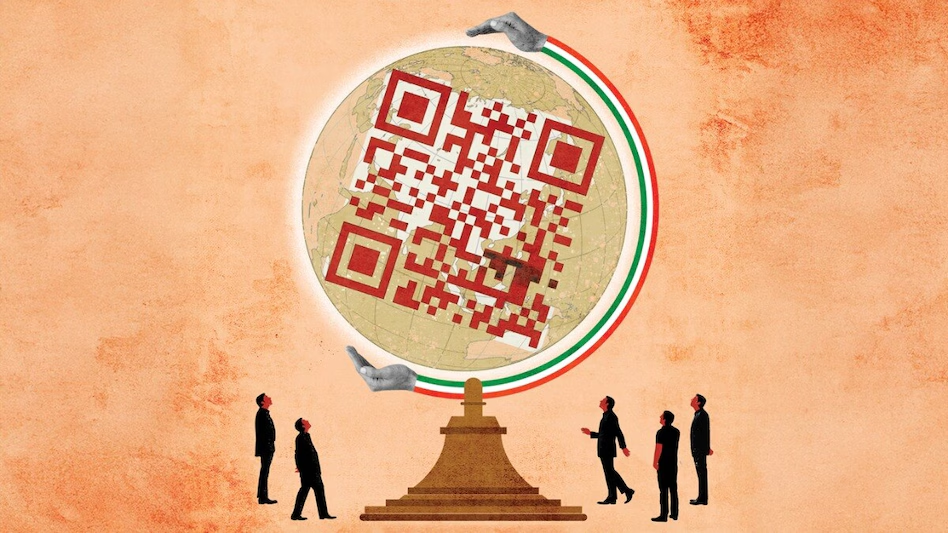 News
News
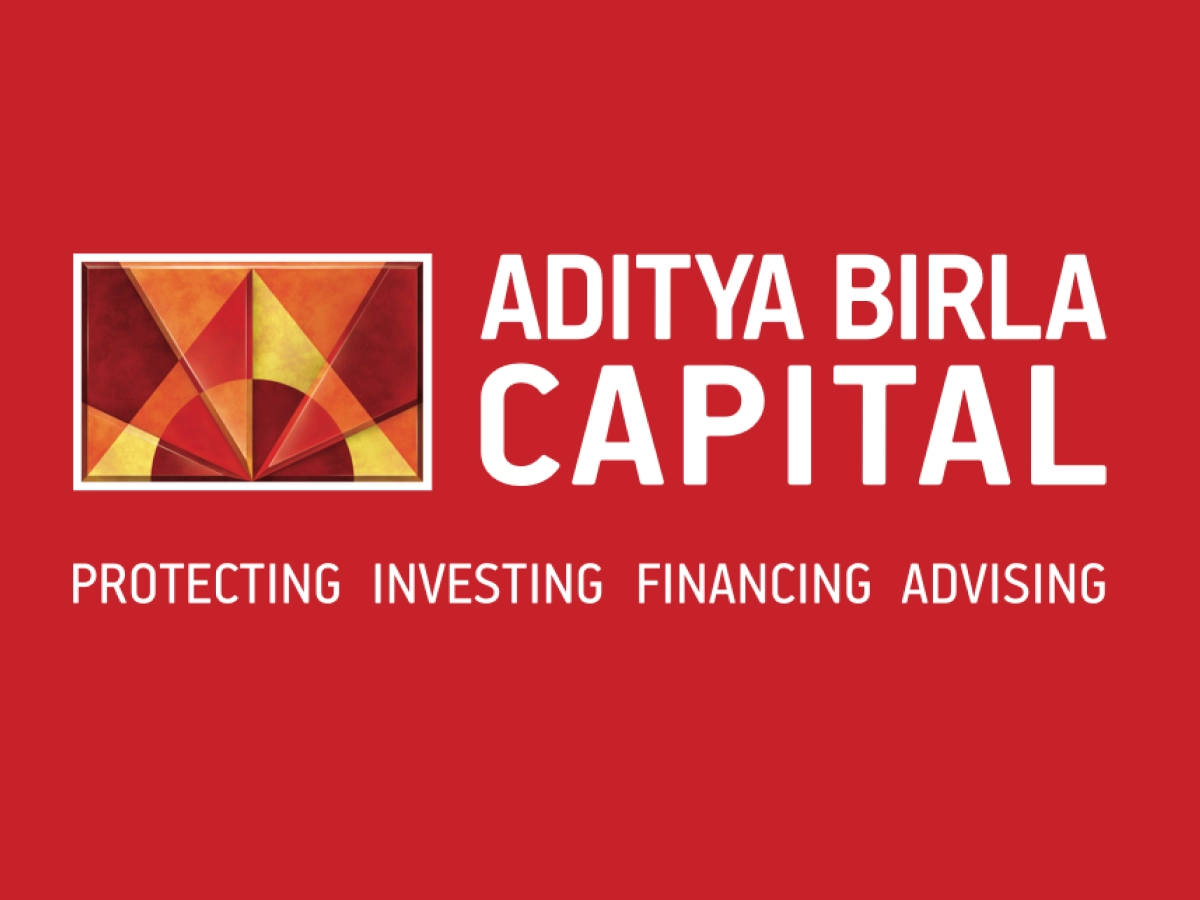 News
News
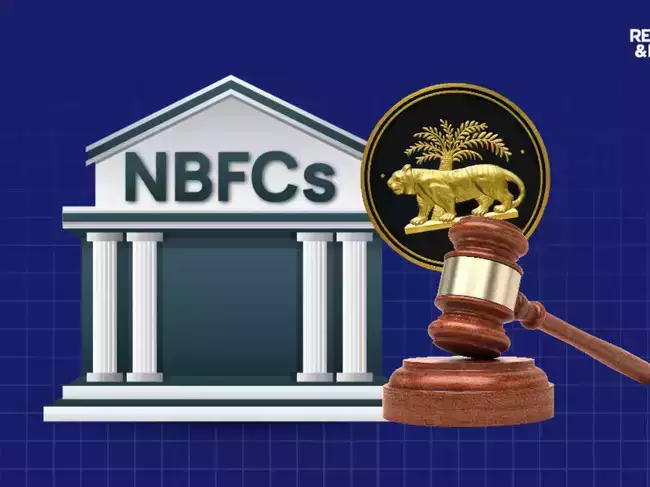 News
News
 Article
Article
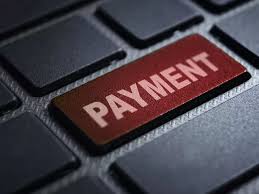 News
News
Live Polls
Live Discussion
Topic Suggestion
Whom Do You Wish To Hear
Sector Updates
Leave your opinion / comment here